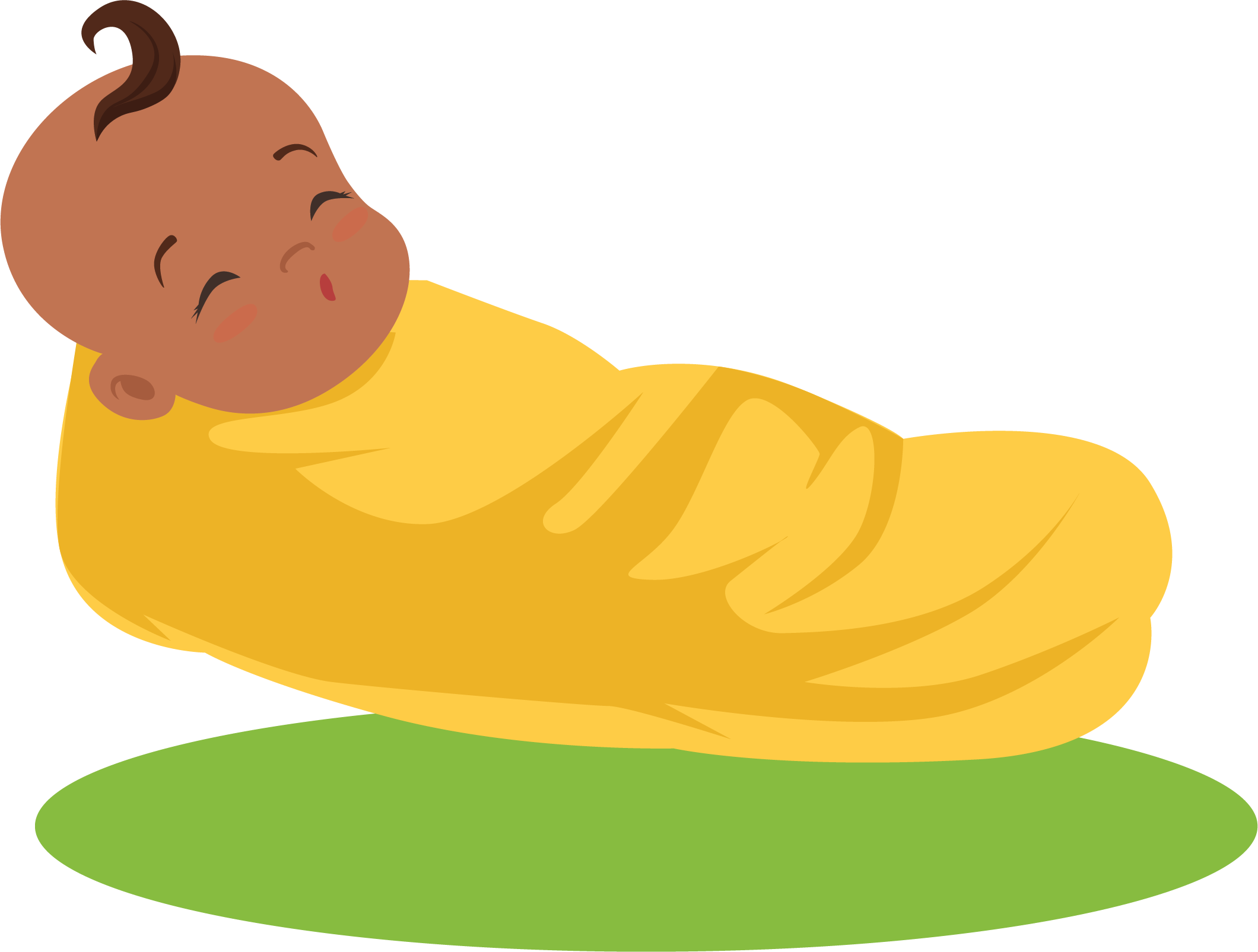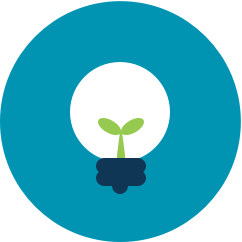- At 2 months, baby begins to smile at people, and tries to look at parent, and may bring hands to mouth and suck on hand to comfort himself.
- At 4 months, baby smiles spontaneously at people, copies some movements and facial expressions, likes to play with people and might cry when playing stops.
- At 6 months, baby knows familiar faces and beings to know if someone is a stranger, likes to play with others especially parents, responds to other people’s emotions and often seems happy, and likes to look at self in a mirror.
Ideas for Learning and Growth
How to help your 2-month-old’s development:
- Help your baby learn to calm herself.
- It’s okay for her to suck on her fingers.
- Getting in tune with your baby’s likes and dislikes can help you feel more comfortable and confident.
How to help your 4-month-old’s development:
- Hold and talk to your baby; smile and be cheerful while you do.
- Pay close attention to what your baby likes and doesn’t like; you will know how best to meet his needs and what you can do to make your baby happy.
How to help your 6-month-old’s development:
- Learn to read your baby’s moods. If he’s happy, keep doing what you are
doing. If he’s upset, take a break and comfort your baby.
- Show your baby how to comfort herself when she’s upset. She may suck on her fingers to self soothe.
- At 2 months, talk to your child’s doctor if baby doesn’t smile at people.
- Talk to your child’s doctor again at 4 months if baby is still not smiling at people.
- At 6 months, talk to your child’s doctor if baby shows no affection for caregivers.
Get Support
Get a developmental screen: the Ages and Stages Questionnaire is a child development screener that allows you to check in on how your child is growing and learning.
Get A Developmental Screen





